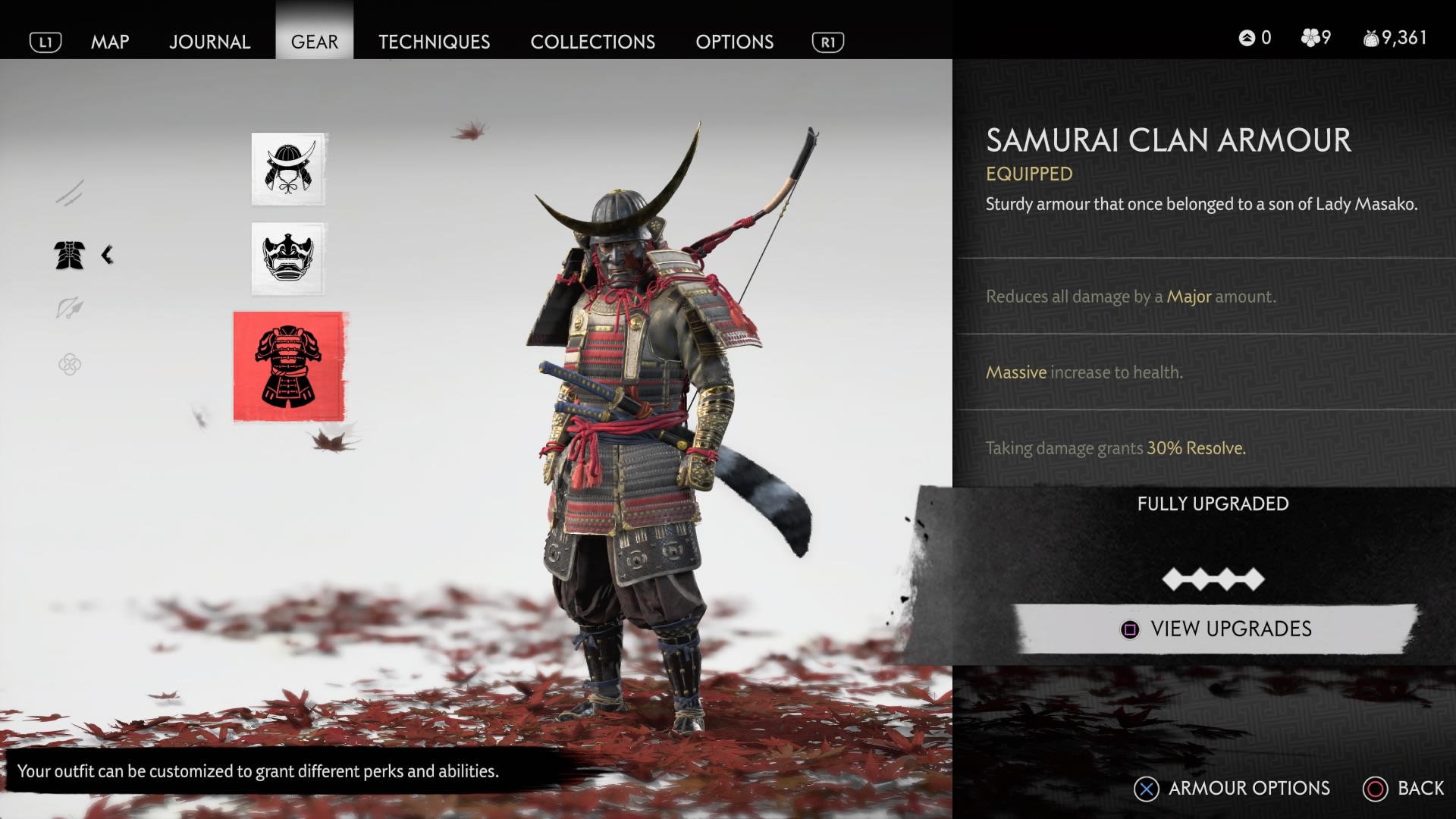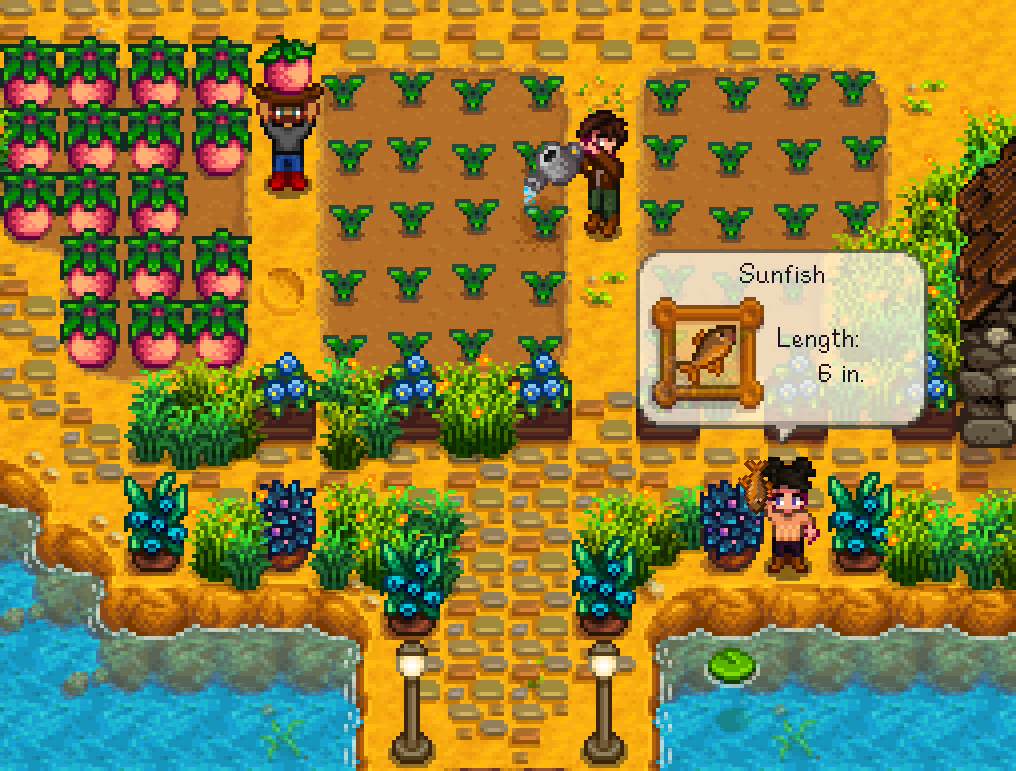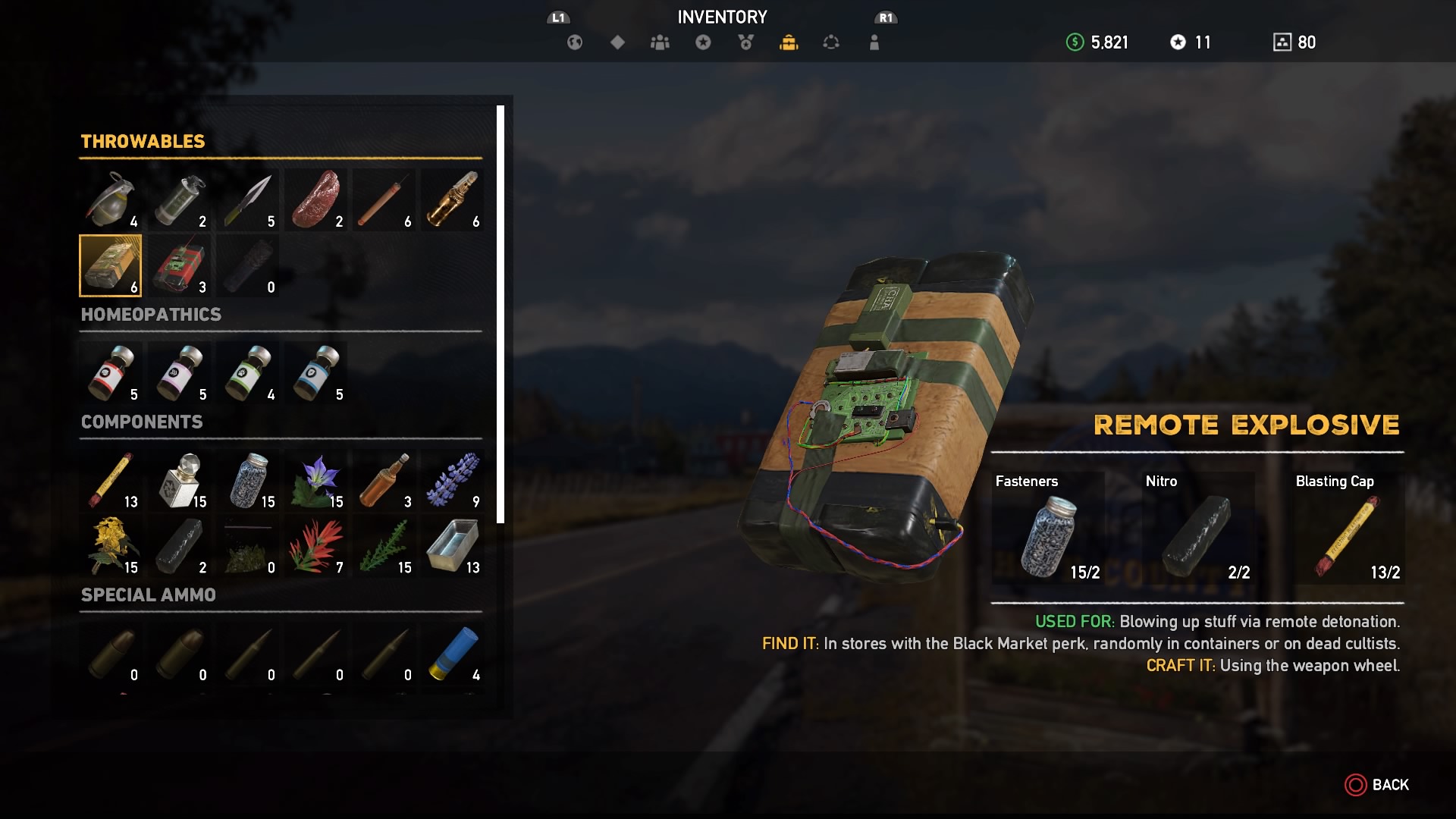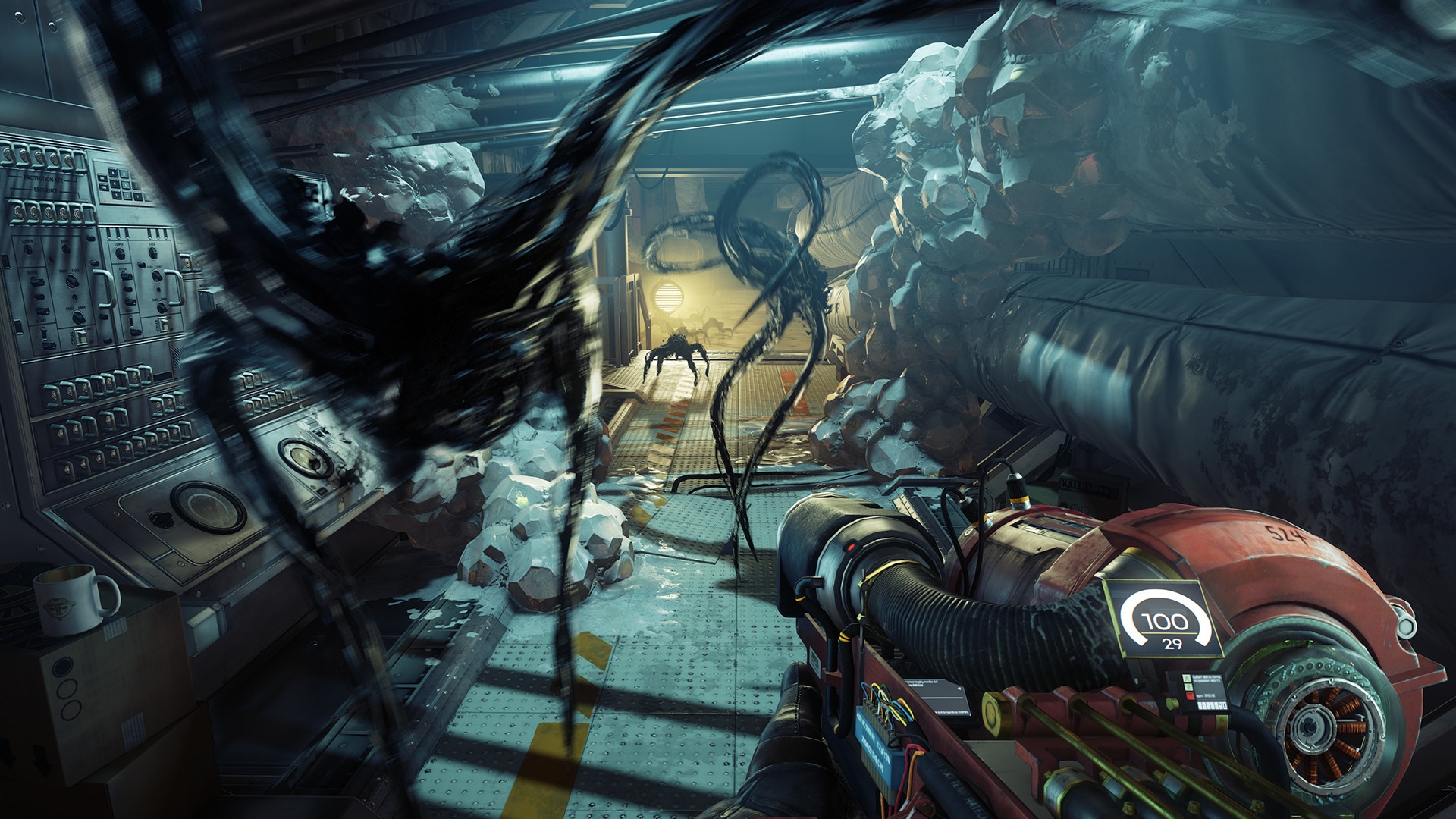
Here’s how to make a simple Bolognese sauce, according to video games. Go to your local supermarket and collect one packet of beef mince, one onion, one bulb of garlic, two carrots, two tins of chopped tomatoes and one carton of beef stock. Remember to do big, dramatic swipes as you pick up the ingredients, like you’re a mugger snatching a purse out of an old woman’s hands. You want everyone to know you’re about to do some crafting. Not cooking. Crafting.
Now, stuff all those items into your pockets. That’s right, all of them. Stand in the middle of the aisle and close your eyes. Go to the “crafting” section of your brain and select “Bolognese”. Concentrate really hard and make a noise like sticky tape being pulled from the roll. If you’ve done it right, a rich Bolognese sauce should have appeared in your trousers. Scoop it out and eat it for thirty health points.
This is how most games treat crafting. It doesn’t matter whether you’re Far Cry’s latest hero synthesizing advanced medicines out of random flowers, or Lara Croft making bullets out of mud and misery. It’s always the same. Collect some rocks and plants, press a button, and *poof*! Congratulations, you’ve built a time machine.
Shoddy craftsmanship


The best crafting games to whittle away your time with
It’s a quirk of AAA game design that I can’t stand. There seems a compulsive need to box-check crafting in every blockbuster title, and yet the systems involved are often so basic that they might as well not exist. Worse, these mechanics often dilute games that aren’t really designed to facilitate them, turning pacey and spectacular adventures into tedious and samey scavenger hunts.
To be clear, this isn’t a dig at crafting games in general. I’ve spent plenty of time putting together castles and conveyor belts in games like Minecraft and Satisfactory. But these games are built specifically with crafting in mind. They involve complex processes that require different tools and techniques for transforming resources into usable objects. They’re also highly interactive, with lots of tangible manipulation. The best crafting games let players make things the designers didn’t anticipate, as demonstrated by Minecraft’s LEGO-like universe of possibility.
Prestige games, whether it's God of War or Ghost of Tsushima, do virtually none of this. Resource collection in open world games nearly always devolves into spamming a button to hoard objects from the ground. Your crafting interaction is performed almost exclusively inside a menu. You rarely interact with those resources, instead converting one icon into another exclusively within the menu. There’s also no creativity or skill involved whatsoever. Any craft-able object is heavily defined by pre-existing “recipes”, while the actual method usually involves holding down a button. That isn’t crafting, it’s pretentious upgrading.

You might argue that the lack of complex crafting systems in big-budget games is entirely understandable. After all, that’s not what they’re about. I completely agree. Open world games are about exploration and discovery. They’re about climbing mountains and fording rivers, searching ancient ruins for lost treasures, sneaking through enemy encampments, and getting into scrapes with the local authority/banditry.
Sign up to the GamesRadar+ Newsletter
Weekly digests, tales from the communities you love, and more
Ultimately, open-world games are about finding things, as opposed to making them. You assume the role of that world’s Indiana Jones, and Indiana Jones doesn’t sit around smithing his own guns. He punches out the nearest Nazi and steals theirs instead. This is why crafting systems sit so incongruously within AAA games. You don’t want to ruin the flow of the adventure by making players spend half an hour crafting a new pair of shoes. Hence, the system gets refined and simplified to the point where your character can make a pair of shoes in the time it normally takes to tie your own.
Aside from the fact this renders the presence of a crafting system nigh pointless, it has the other problem of making your adventure less compelling. Now, instead of occasionally finding interesting items, you’re constantly hoovering up their component parts. Suddenly you’re no longer stumbling upon magic swords or enchanted armour, you’re pocketing leaves and bits of rope and chunks of metal like a rag-and-bone man. Finding a legendary weapon in the bowels of some ancient temple is the essence of adventure. Carrying around a load of iron ore like a pack animal is not.
Built to last

"Crafting is as much about the process of creation as the object that’s created."
Personally, I’d prefer these games ditch their crafting systems entirely. But it is possible to make an engaging crafting system in a game that isn’t specifically about crafting. My favourite example of this is Arkane’s 2017 reboot of Prey. Prey’s crafting systems centres around two machines you encounter periodically in the game world, a recycler and an advanced version of a 3D printer. The former lets you recycle any object in the game world, inserting them at one end and collecting the component resources spat out at the other. These can then be arranged in different orders at the 3D printer to produce new objects.
Prey’s crafting system is simple, but it isn’t simplistic. There’s enough process involved to endow it with a sense of creative agency, while interacting with the machines themselves is tactile enough to feel meaningful. One of its coolest features is the addition of “recycling grenades”. When thrown into a room, these dismantle any object in the explosion radius to its component parts, including enemies. They’re both a weapon and a resource collection tool, which is a fantastic idea.
With Prey, Arkane thought carefully about how to fit crafting into the game’s world. For crafting systems to work in prestige open-world games, they need to do the same. It isn’t enough to simply scatter some resources around the world and add a rudimentary recipe system. The presence of a crafting system should enhance the game overall. It should give players new ways to interact with the world, to help them to forge their own path through the game. Crafting is as much about the process of creation as the object that’s created, and if a crafting system fails to communicate that process, there’s really no reason to include it.
Stay up to date with all of the latest releases with our upcoming games 2020 list, or watch the video below for our latest episode of Dialogue Options.
Rick is the Games Editor on Custom PC. He is also a freelance games journalist whose words have appeared on Eurogamer, PC Gamer, The Guardian, RPS, Kotaku, Trusted Reviews, PC Gamer, GamesRadar, Rock, Paper, Shotgun, and more.


